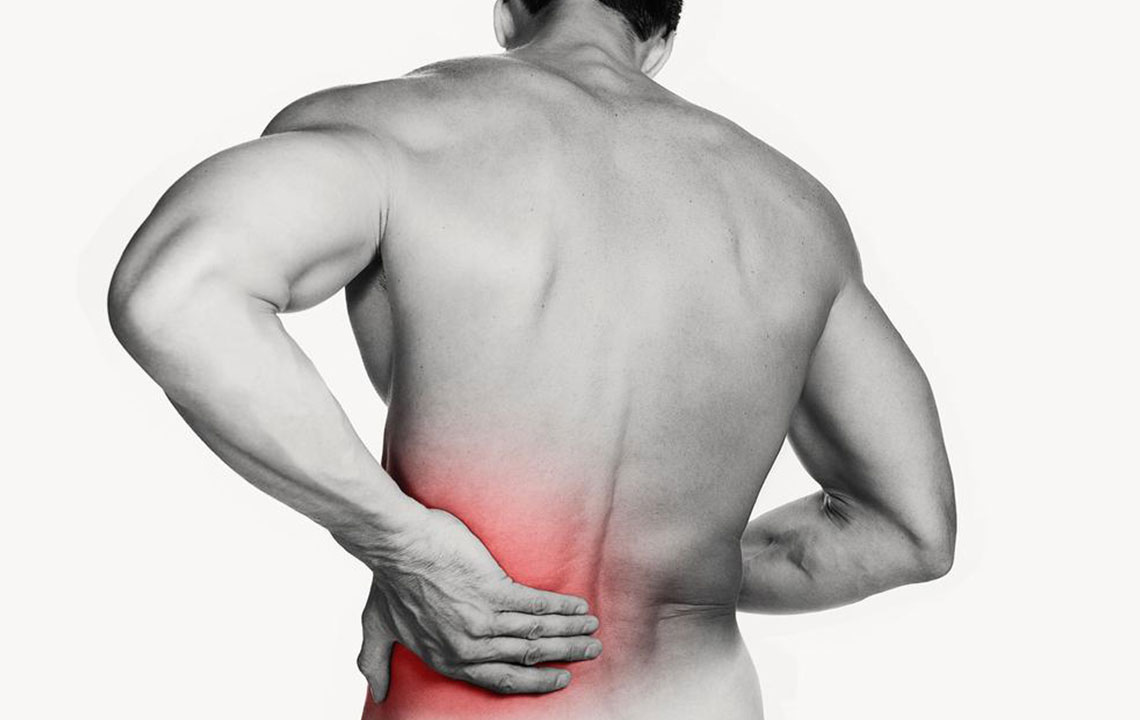Understanding the Causes Behind Joint Discomfort
This article explores common causes of joint discomfort, including injury, aging, obesity, and diseases like arthritis. It discusses symptoms and treatment options, emphasizing the importance of medical diagnosis and home care. Understanding these factors helps in managing and preventing joint pain effectively, ensuring better mobility and quality of life.

Understanding the Causes Behind Joint Discomfort
Joints play a vital role in connecting bones and facilitating movement within the human body. They are crucial for mobility, allowing limbs to move smoothly. While most joints are highly flexible, some, like those in the skull, are fixed. A lubricating fluid exists between bones to reduce friction and ensure seamless motion.
Joint pain occurs when these structures sustain damage from various factors. The intensity of this pain often correlates with the degree of inflammation and injury.
Engaging in sports and physical activities frequently can lead to joint injuries. Minor issues like strains heal quickly, but chronic conditions such as rheumatoid arthritis and bursitis may become lifelong problems. Joint pain limits body mobility and complicates daily tasks. Resting muscles until pain subsides helps prevent worsening. Causes include:
Obesity
Excess weight applies pressure on joints, increasing the risk of arthritis and other joint conditions.
Maintaining a healthy weight is vital to reducing joint stress. Obesity especially predisposes individuals to osteoarthritis by weakening joints over time. Combating obesity also protects against other serious health issues.
Age
As people age, joints and ligaments weaken. Age-related decline reduces synovial fluid, the cushion between bones, leading to increased wear and tear, notably in the knees.
Injury
Sprains result from ligament tears due to overstretching or excessive activity, causing swelling, redness, and pain. Ligament damage impacts joint stability.
Health Conditions
Diseases like rheumatoid arthritis cause cartilage erosion, resulting in stiff and painful joints. Chronic inflammation from such illnesses leads to persistent discomfort.
Cancer
Bone cancer is a rare cause of joint pain, but metastasis or tumors elsewhere may present as joint discomfort. Long-term pain warrants medical examination to rule out malignancies.
Medication Side Effects
Some drugs trigger joint pain as a side effect, often accompanied by rashes or other reactions. New medications should be monitored closely.
Fibromyalgia
A disorder where the brain amplifies pain signals, often exacerbated by arthritis. It causes widespread pain, affecting sleep, concentration, and mood, without damaging joints directly.
Joint pain is broadly classified into arthritis, involving inflammation, and arthralgia, where joints are injured but not inflamed. Major related conditions include:
Gouty arthritis
Characterized by sudden, severe pain, typically in the toes, which subsides quickly.
Rheumatoid arthritis
An autoimmune disorder where the immune system attacks joint tissues, often inherited.
Osteoarthritis
Less severe than rheumatoid arthritis, mainly affecting feet and hands, frequently linked to obesity.
Lyme disease
Caused by bacteria from tick bites, leading to joint pain if untreated.
Still’s disease
Features high fever, joint pain, fatigue, and rashes.
Other causes include rheumatic fever, septic arthritis, sarcoidosis, trauma, and mental stress. Effective treatment depends on addressing the root cause. Home remedies involve rest, medical tests, therapy, medication, and ointments. Severe cases might require joint replacement surgery.
Note:
This article offers general health insights on joint pain. While informative, it does not replace professional medical advice. Always consult healthcare providers for diagnosis and treatment options. Our content is based on research but may not reflect the latest developments or specific individual needs.










